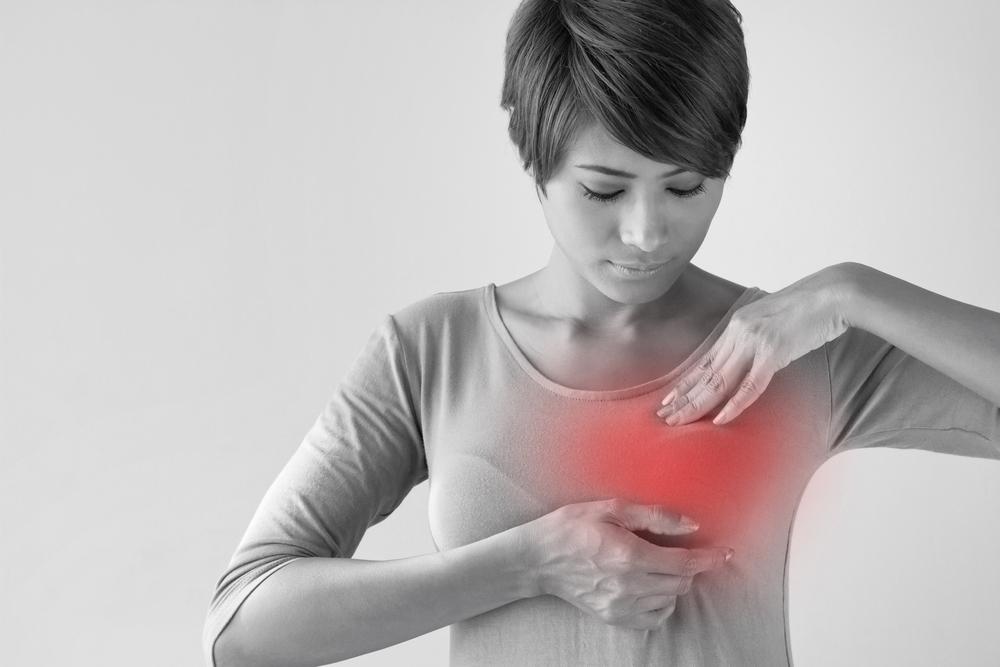Essential Signs and Symptoms of Breast Cancer: What You Need to Know
This comprehensive guide details the top five early signs of breast cancer, emphasizing the importance of awareness for timely diagnosis. Recognizing symptoms like breast thickening, skin dimpling, persistent redness, nipple discharge, and shape changes can lead to early intervention. Regular self-examinations and medical checkups are essential for women to detect potential issues promptly. The article provides detailed explanations and advice on when to seek medical attention, aiming to empower women with vital knowledge to improve health outcomes and increase survival rates through early detection.

Breast cancer remains one of the most common cancers affecting women worldwide. Early detection is crucial in improving treatment success rates and patient outcomes. Recognizing the early warning signs and understanding the symptoms associated with breast cancer can empower individuals to seek prompt medical evaluation, potentially saving lives. This comprehensive guide explores the top five indicators of breast cancer that you should be aware of, detailing their significance and advising when to consult healthcare professionals. Staying informed about these key symptoms enables proactive health management and timely intervention.
Understanding the nuances of breast cancer symptoms can be challenging since not all changes indicate malignancy. However, persistent or unusual signs should never be ignored. Regular breast self-examinations, routine screenings, and awareness of bodily changes are fundamental aspects of early detection strategies. Here, we delve deeper into each of the five most important indicators, explaining their causes, when they may signify a problem, and the importance of medical consultation for accurate diagnosis and early treatment.
Breast firmness or thickening
One of the earliest signs of potential breast cancer involves changes in the texture and consistency of breast tissue. While not every lump or area of thickening indicates cancer, persistent firmness or a gradually enlarging lump warrants investigation. Tumors developing within the breast can cause localized thickening, which may feel like a dense area under the skin or deeper within the tissue. Often, this thickening results from blocked blood flow or lymphatic drainage caused by malignant cell growth. Tumors situated near the skin’s surface may also lead to visible skin alterations, such as dimpling or puckering. It’s important to differentiate between benign cysts or fibrocystic changes and signs that require medical assessment.
Indentations or dimples in the skin
Skin changes like dimpling, indentations, or puckering are classic signs associated with underlying breast malignancies. When a tumor pulls on surrounding tissues or causes fibrosis, it can create the appearance of skin depressions. These dimples are often mistaken for merely cosmetic issues or temporary skin changes but should be taken seriously if they persist beyond a few weeks. Not all dimpling is malignant—some may result from scar tissue or breast surgeries—but persistent or unexplained skin depressions should prompt a medical evaluation to rule out cancer.
Persistent redness, warmth, or swelling
While local infections in the breast, especially among breastfeeding women, are common and generally treatable, persistent skin redness, swelling, or warmth that does not resolve after antibiotics can be a red flag. This persistent inflammation may result from blocked lymphatic vessels caused by tumor growth, leading to lymphedema or inflammation. These symptoms often signal an underlying pathology and warrant further investigation. Recognizing this sign early allows healthcare providers to identify potential malignancies and initiate appropriate diagnostic tests promptly.
Nipple discharges
Although nipple discharge is frequently linked to benign conditions like ductal ectasia or infection, certain discharges serve as potential early indicators of breast cancer. Discharges that occur spontaneously, especially if coming from only one nipple, are bloody or contain blood, or occur without squeezing the nipple, should raise suspicion. Such symptoms may suggest ductal carcinoma in situ or invasive cancer involving the ducts. Any new, persistent nipple discharge should be evaluated by a healthcare professional to determine its cause and rule out malignancy.
Changes in breast appearance
Sudden alterations in the size, shape, or contour of the breast, beyond the normal variations associated with breastfeeding or hormonal changes, may be warning signs of malignancy. Swelling, asymmetry, or a noticeable droopiness can result from tumor growth obstructing normal tissue structures or causing tissue involvement. These visible changes often prompt women to seek medical consultation. Early detection of such modifications enables timely diagnosis and treatment, potentially improving prognosis.
In conclusion, awareness of these five key symptoms is vital for early breast cancer detection. Regular self-examinations, routine screening mammograms, and prompt medical attention when noticing any suspicious signs can drastically improve outcomes. If you experience any of these symptoms or notice unusual changes in your breasts, consult your healthcare provider immediately for thorough evaluation. Early diagnosis saves lives and opens more options for effective treatment, improving survival rates and quality of life for breast cancer patients.





